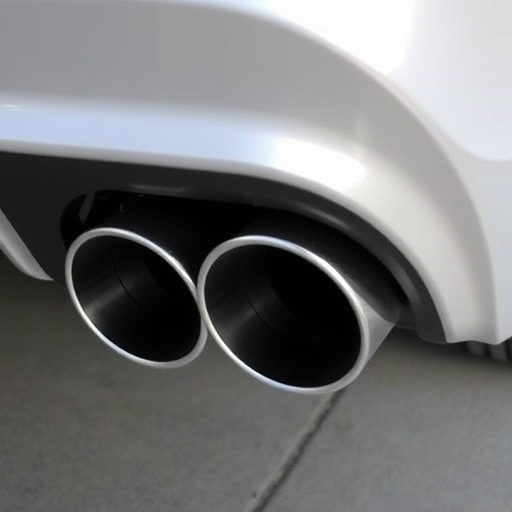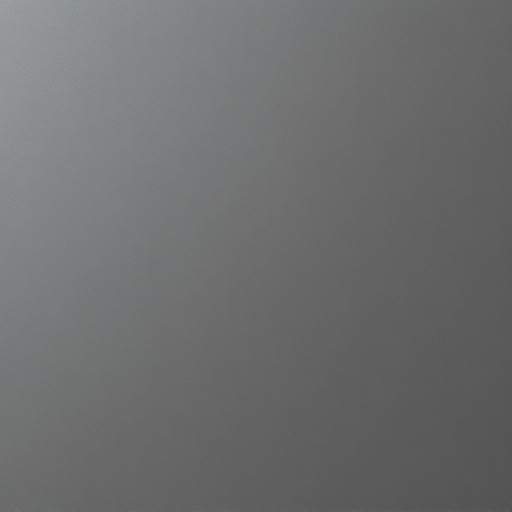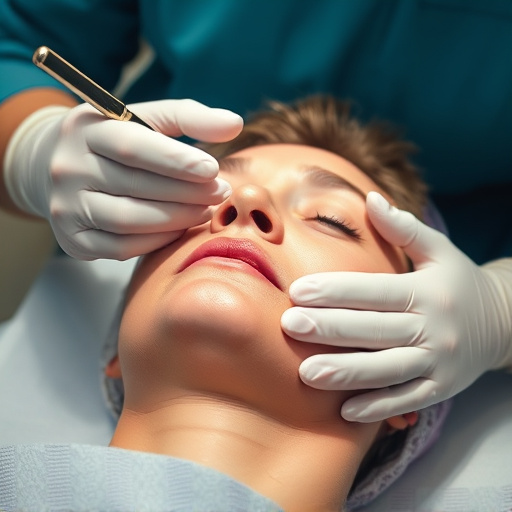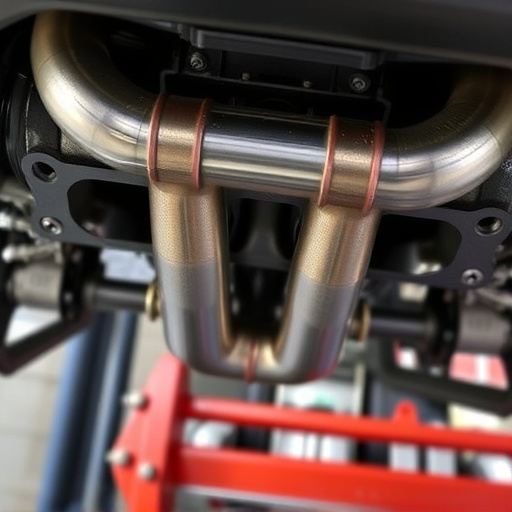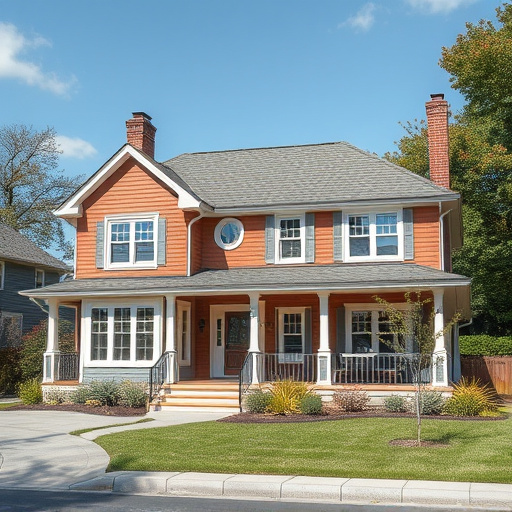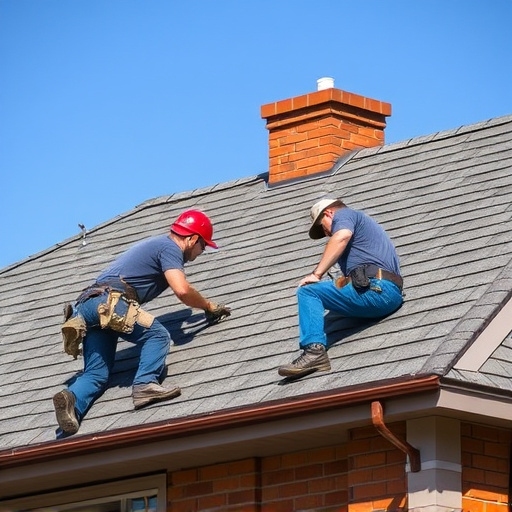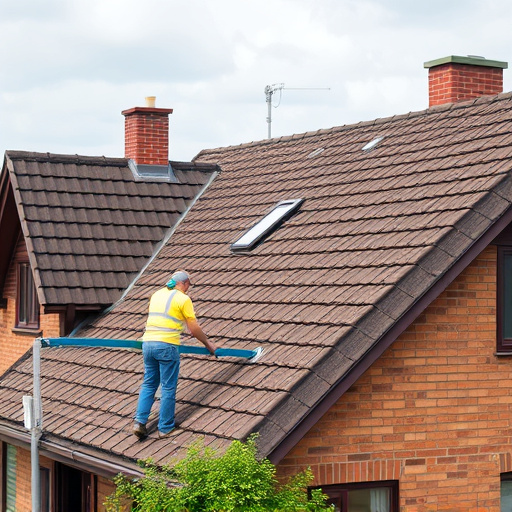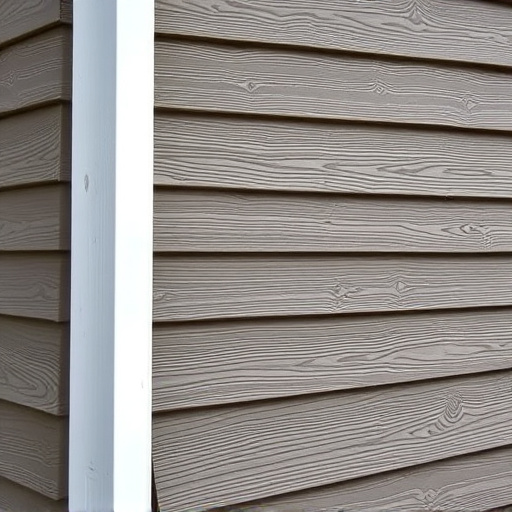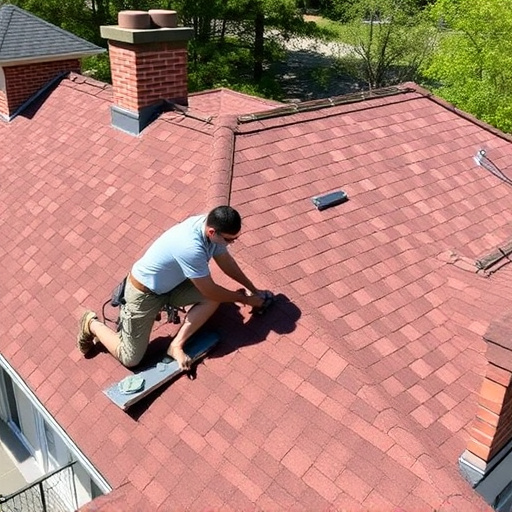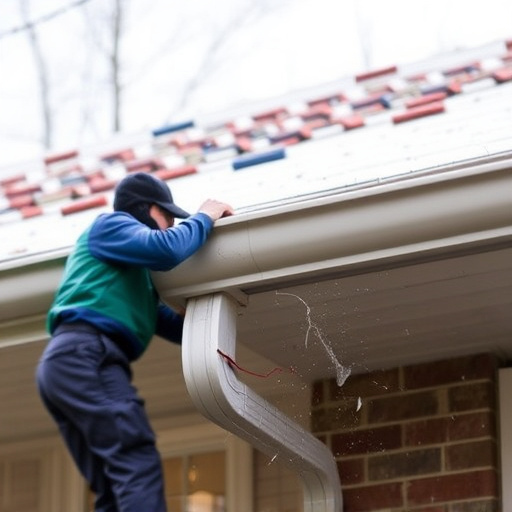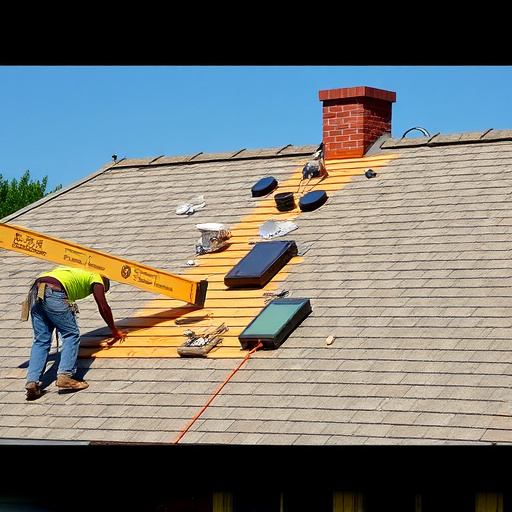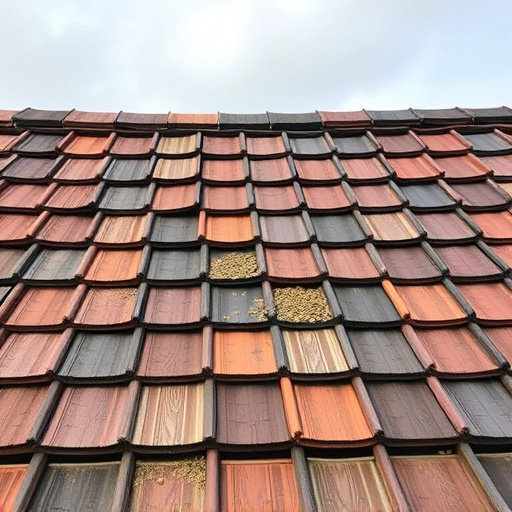Proper roof installation demands adequate attention to ventilation for maintaining both home structure and indoor comfort. Poor ventilation leads to hazardous working conditions, prolongs drying times increasing mold risk, damages materials' performance, and causes structural issues. Experts emphasize its crucial role in worker safety and the durability of roofing and siding solutions. To ensure optimal airflow during installation, regularly inspect vents, clear damp air, and manage ventilation effectively.
Roof installation work demands meticulous planning, and a crucial aspect often overlooked is ventilation. Understanding the air flow dynamics ensures a safe and efficient job site. Poor ventilation can lead to hazardous conditions, affecting workers’ health and the structural integrity of the roof. This article explores why ventilation matters, delving into specific strategies to mitigate risks and optimize airflow during roof installation processes. By adopting best practices, professionals can ensure a healthier work environment and superior roofing outcomes.
- Understanding Ventilation Needs During Roof Installation
- The Impact of Poor Ventilation on Roof Work
- Best Practices for Ensuring Adequate Ventilation on the Job Site
Understanding Ventilation Needs During Roof Installation
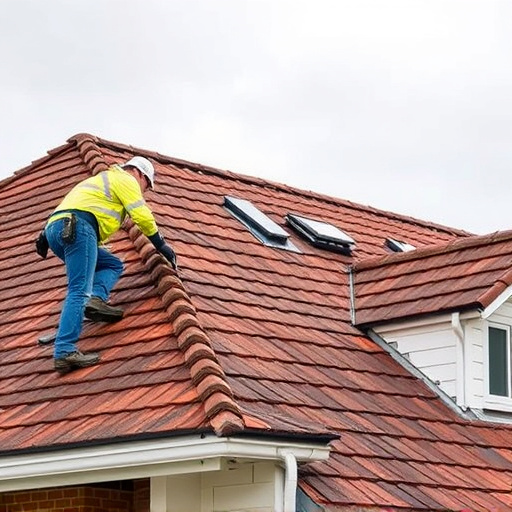
During roof installation, proper ventilation is often overlooked but plays a vital role in ensuring both the structural integrity of your home and the comfort of its occupants. Understanding the specific ventilation needs at each stage of the roof replacement process is crucial for achieving optimal results. In the world of exterior home improvements, roofing and siding, adequate airflow helps regulate indoor temperatures, reduces moisture buildup, and prevents the accumulation of hazardous gases like carbon monoxide.
The need for proper ventilation becomes especially pronounced when replacing an old or damaged roof, as it can significantly impact energy efficiency and air quality inside your home. Poor ventilation may lead to stagnant air, increased condensation, and even mold growth—all of which contribute to less comfortable living spaces and potential health issues. Thus, prioritizing ventilation during roof installation is a key aspect of high-quality home exterior services that should not be overlooked.
The Impact of Poor Ventilation on Roof Work
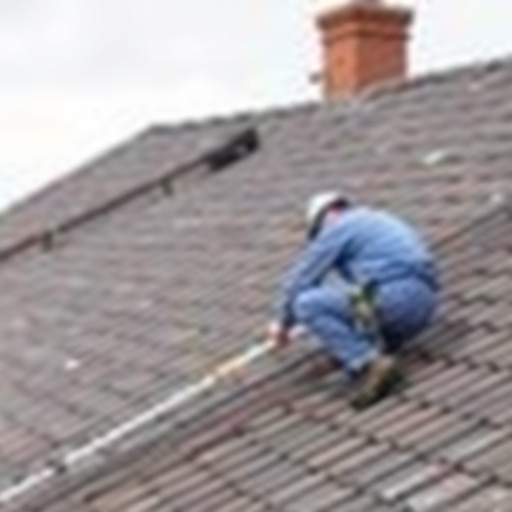
Poor ventilation during roof installation can lead to a myriad of issues for both the construction team and the integrity of the finished product. Without adequate airflow, the process becomes more arduous and potentially dangerous. Workers may experience heat stress or even respiratory problems due to concentrated dust and humidity. Moreover, poor ventilation can result in longer drying times for new materials, increasing the risk of mold and mildew growth, which is not only harmful to the health of occupants but also detrimental to the structural integrity of the roof over time.
This is especially critical when dealing with modern roofing materials that often require specific environmental conditions for optimal performance and longevity. Inadequate ventilation can cause these materials to expand or contract unevenly, leading to poor fit, potential leaks, and reduced overall quality of the home exterior services. A roof consulting expert might advise that proper ventilation not only enhances worker safety but also ensures a durable and long-lasting roofing and siding solution.
Best Practices for Ensuring Adequate Ventilation on the Job Site
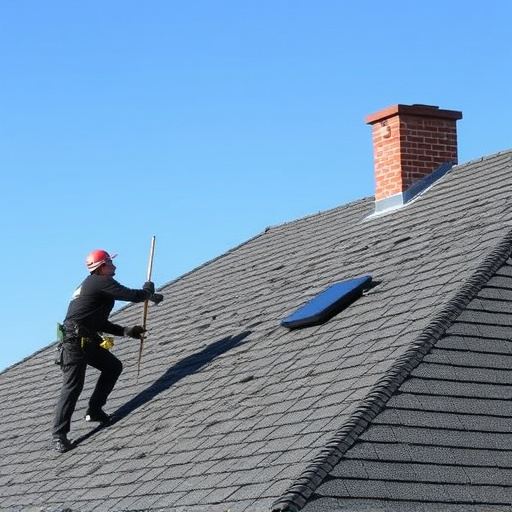
Maintaining proper ventilation during roof installation is non-negotiable. It’s not just about keeping workers comfortable; adequate airflow plays a crucial role in preventing moisture buildup, which can lead to severe issues like mold growth and structural damage over time. To ensure optimal ventilation on the job site, follow these best practices:
Regularly inspect and clear all vents and openings throughout the installation process. Debris and obstructions can significantly impede air flow. Additionally, use exhaust fans or other mechanical means to actively remove damp air from the interior of the home during roofing work. This is especially important when working on residential siding repairs or roof repair projects, as these tasks often generate a lot of dust and moisture. By proactively managing ventilation, you create a healthier work environment for your crew and help ensure the longevity of the newly installed roof.
Proper ventilation during roof installation is not just a best practice—it’s a safety necessity. By understanding the critical role it plays and implementing effective strategies, contractors can ensure optimal working conditions, minimize health risks, and deliver high-quality results. Remember, adequate ventilation is key to achieving a durable and safe roof for any project.

